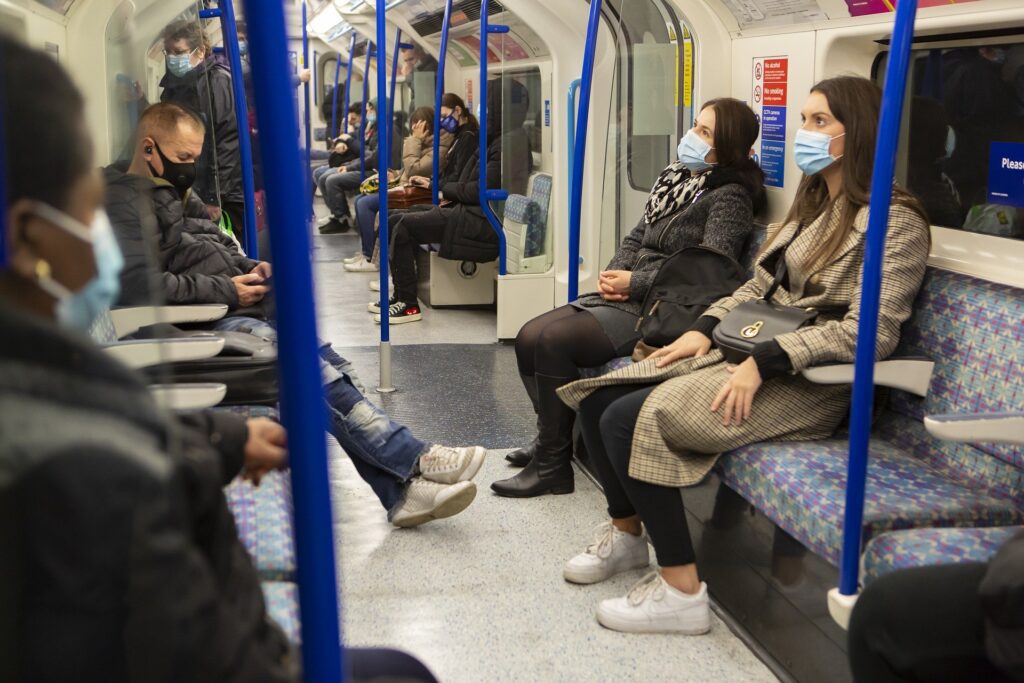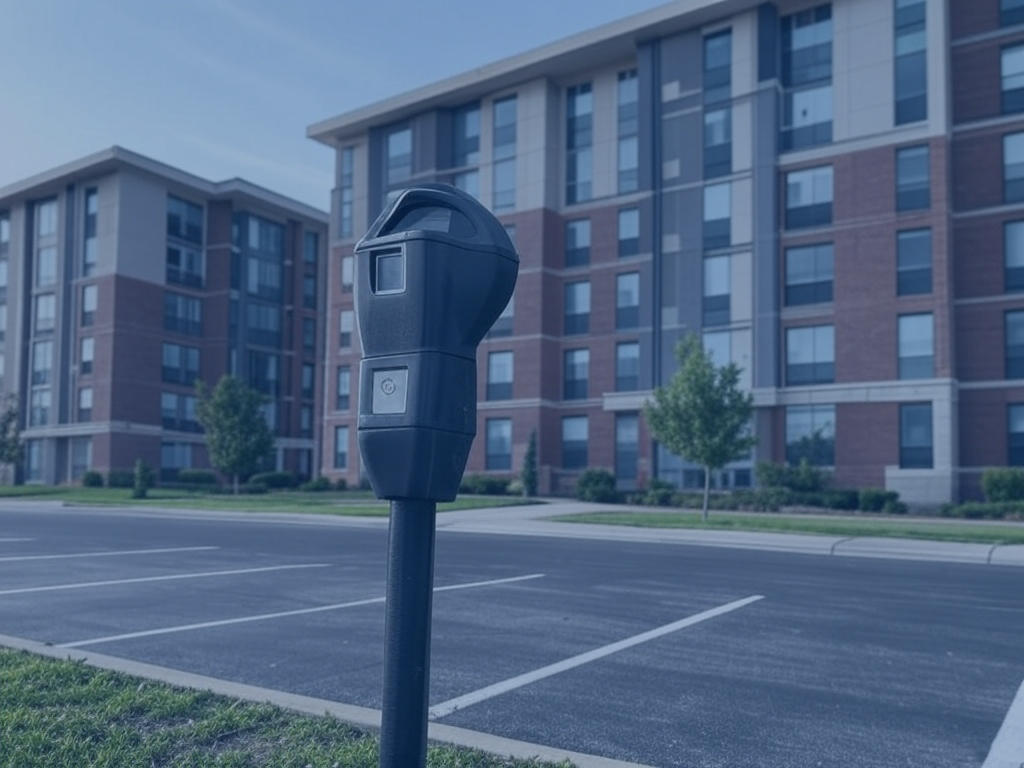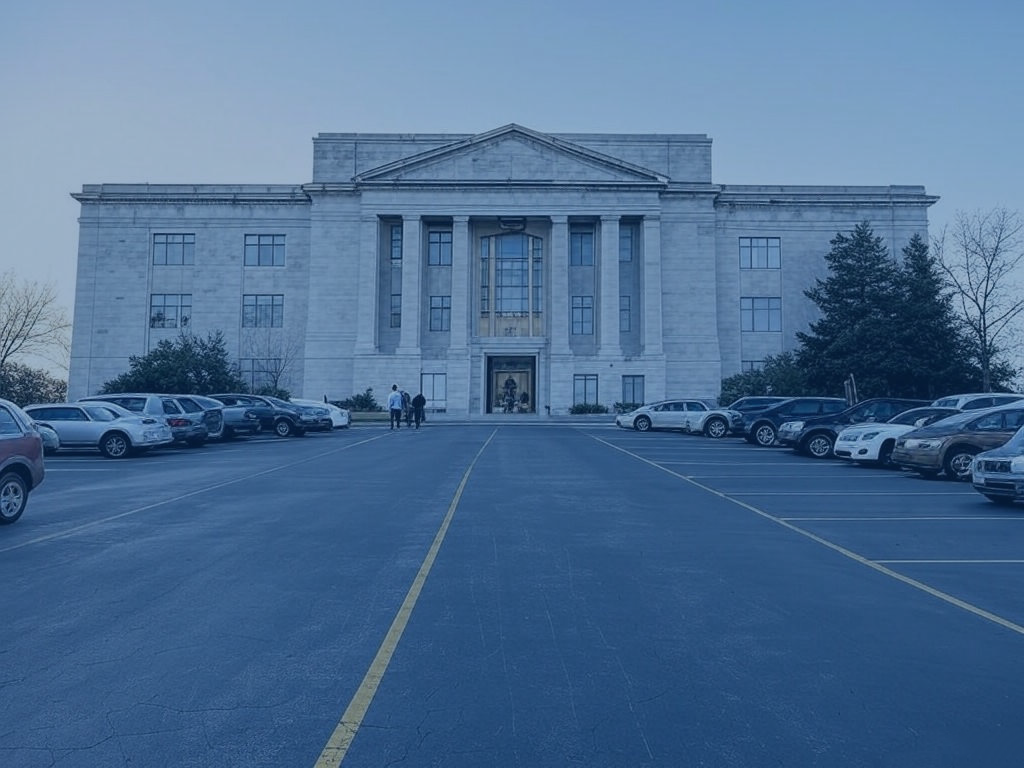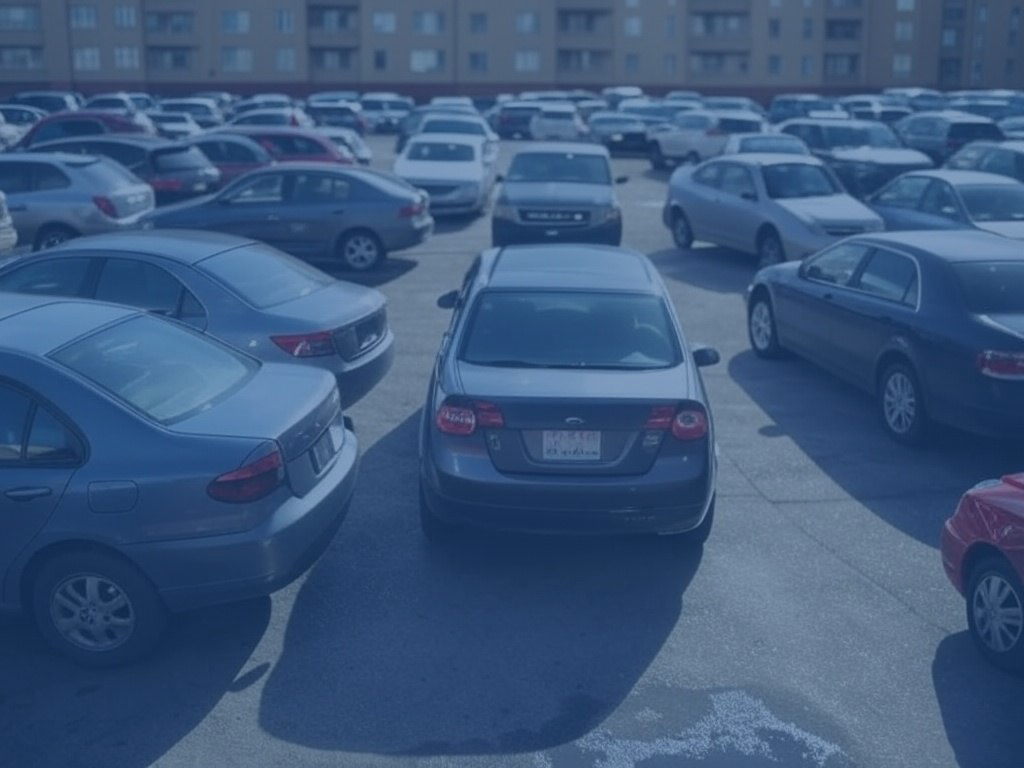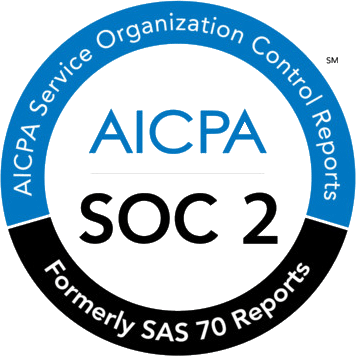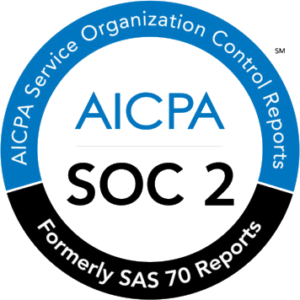Table of Contents
Toggle1. The office resurgence is coming, it’s just going to be different…
So first things first. This year in essence there hasn’t been any employee transportation for a lot of companies. Offices have been closed and people are working from home.
Open up any newspaper and there seems to be another report about how much people are loving working from home. I don’t think anybody disputes that working from home is here to stay. However, reading between the lines it is obvious it’s not going to be the only show in town.
“Almost all reports are pointing to the same thing. There is a strong preference for a blended working approach. This means that employees will work from the office some days and from home for the remainder of the week.”
This is going to change the scope of work for many transport demand professionals.
It’s going to become about managing less journeys, yet these journeys will be more unpredictable.
Park up to 40% more cars in the same amount of space
Boost parking capacity by up to 40% by distributing empty spaces to employees that need them most.
Learn more2. Managing flexibility is going to be the new priority
Traditonally employee transportation management has been about changing predictable journey patterns. For example, it was quite easy to calculate the percentage of staff who drove to work everyday. This had many advantages.
Companies could forecast how much parking was needed on a regular basis. Transport pros could measure changes to this figure and figure out if their mobility initiatives were working.
This has all changed forever. With flexibility being the new modus operandi for companies. That predictability is now out the window.
“Companies need to embrace this increased flexibility. Things like fixed parking allocations will become a thing of the past. It no longer makes sense for senior management to have designated parking spaces. Especially when they are now only going to be in the office a few days a week.”
Managing increased fluidity manually will prove a massive challenge for transport demand professionals. This is going to be a real defining moment for employee transportation softwares.
Check out our ultimate guide to flexible parking for business.
Solutions to automate parking management, commuter tracking etc. are sure to explode in popularity. Ensuring companies can make it easy for their staff to get to work safely and responsibly.
3. Employee parking data is the new must have
Facilities and real estate professionals all over the world are scrambling to answer one question. How much office space does our office need in the future?
The smartest companies are bringing in hotdesking softwares to give them the data to underpin this decision. No company wants to get themselves into a costly yo-yo situation where they get rid of too much space only. Then they have to pay handsomely to get space back.
Parking is the exact same. Not many people realize how expensive employee parking is. With many companies paying $2,000 – $3,000 dollars per space per year. Having spaces lying empty in the new world of office working is a massive drain on resources.
Companies are going to embrace parking management softwares to inform all downsizing decisions. Products like Wayleadr.com allow companies to automate all parking management. At the same they generate in-depth reports and insights about current car park usage.
Discover the different types of parking management softwares with our definitive guide.
“Using software to develop insights will allow companies to figure out exactly how much parking they need. This will ensure real estate teams are getting bang for their buck.”
The added benefit with many of these products is they come in-built with space sharing features. These operate similarly to hot desking software but for parking spaces.
This means that companies can reduce their parking lot size even further!
4. Public transport will make a comeback
Demand for public transport has been decimated by COVID. A McKinsey survey during the pandemic showed less than 10% of respondents felt safe taking public transport to return to work.
“Public transport operators around the world are feeling the pinch. Obviously with people working from home, commuter volumes are down. However, even as companies start to return to the office operators have a challenge to restore confidence.”
Rigid hygiene measures including social distancing on services, regular disinfection and cashless payment are all now features of the public transport experience.
What we can learn from around the world is that public transport demand will return, somewhat. Recent analysis by Cityswift showed that as countries emerged from lockdowns public transport returned to 60% – 70% of normal usage.
5. Micromobility will benefit from the bounceback
One segment whose growth has really been impacted by the pandemic is micromobility. At the outset scooters, e-bikes etc. seemed set to explode as they made cities more accessible. COVID but this on pause.
“Micromobility by there nature are designed for very short journeys. There predominant uses are for travelling from public transport hubs to the office.”
With public transport taking a bashing and people working from home, the expected boom never fully materialised.
As people return to offices and public transport expect to see more electric scooters zipping around your streets.
6. Carpooling to feel the crunch?
Will carpooling be the biggest loser of the pandemic? Over the last few years multiple companies have attempted to apply their tech nous to mainstreaming carpooling. There have been some success too with 7% of all employees sharing a journey to work pre-COVID.
Now obviously carpooling is going nowhere in the long-term. It is likely though to feel a post-COVID pinch. Why? It’s simple.
“To work effectively carpooling requires large amounts of repeated and predictable journeys. Commuters with similar patterns are matched so they can share journeys.”
When you introduce blended working patterns into the mix, it’s just going to reduce the pool of potential carpoolers. This is good news for carpooling softwares who can help companies navigate the increased complexity. Overall though, we are likely to see a reduction in carpool journeys as a percentage of mobility mix.
Join industry leaders from companies like Sanofi, Indeed.com & CBRE, schedule a demo with Wayleadr.com today and solve your parking problems in the click of a button.
